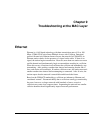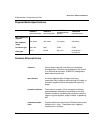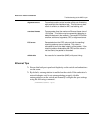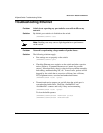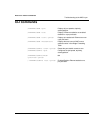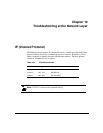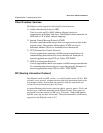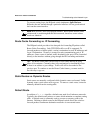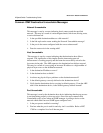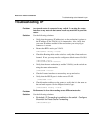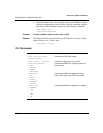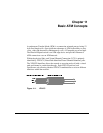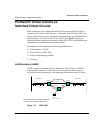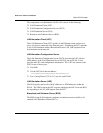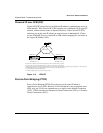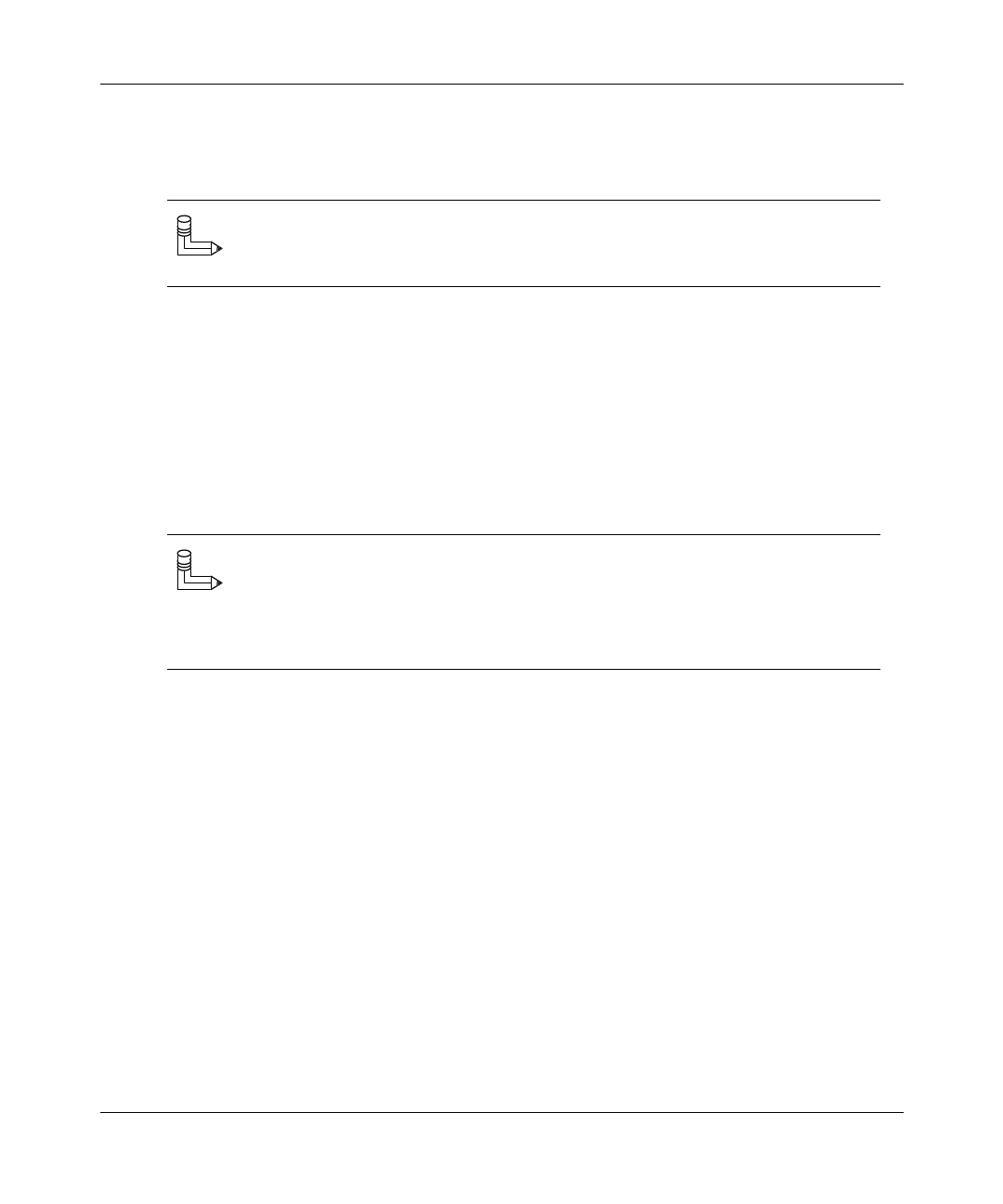
Troubleshooting at the Network Layer
US7070447-001, Rev 01
10-3
Draft Level—Hitachi Confidential
To prevent routing loops, the HiSpeed switch implements Split Horizon.
Networks that are learned through a particular interface will not get advertised
back out that same interface.
Route Cache Forwardin
g
vs. IP Forwardin
g
The HiSpeed switch provides a fast data path for forwarding IP packets called
Route Cache Forwarding. Only TCP/UDP traffic over IP is supported. To
forward packets at a higher speed, a cache is maintained to store IP addresses and
Layer 2 information. An entry is created for each communicating pair of IP
addresses. Once a route is learned, traffic destined for the port will be forwarded
directly to the interface without going through the IP Forwarding mechanism.
Static Routes vs. D
y
namic Routes
Static routes are manually configured while dynamic routes are learned. Unlike
dynamic routes, static routes never age out. To remove a static route, it must be
manually deleted from the routing table.
Default Route
An address of 0.0.0.0 signifies a default route used for all unknown networks.
Typically, the default route points to a router which maintains a complete routing
table. A default route is commonly used on a router as an entry point to the
Internet. Defining a default route on the HiSpeed switch allows the switch to
forward packets to unknown destination networks via an external router.
Note:
RIP version 1 does not propagate subnets. RIP assumes that the same
subnet mask is used throughout the entire network, therefore, ensure subnet
masks are identical.
Tip:
The Route Cache table can store up to 1024 routes and has an aging
timer of five minutes. Currently, there is no mechanism for invalidating routes
if there is an address or port change. Traffic will still be forwarded to the
previous port. To continue to use the Route Cache feature, you must wait for
the old entry to age out.



